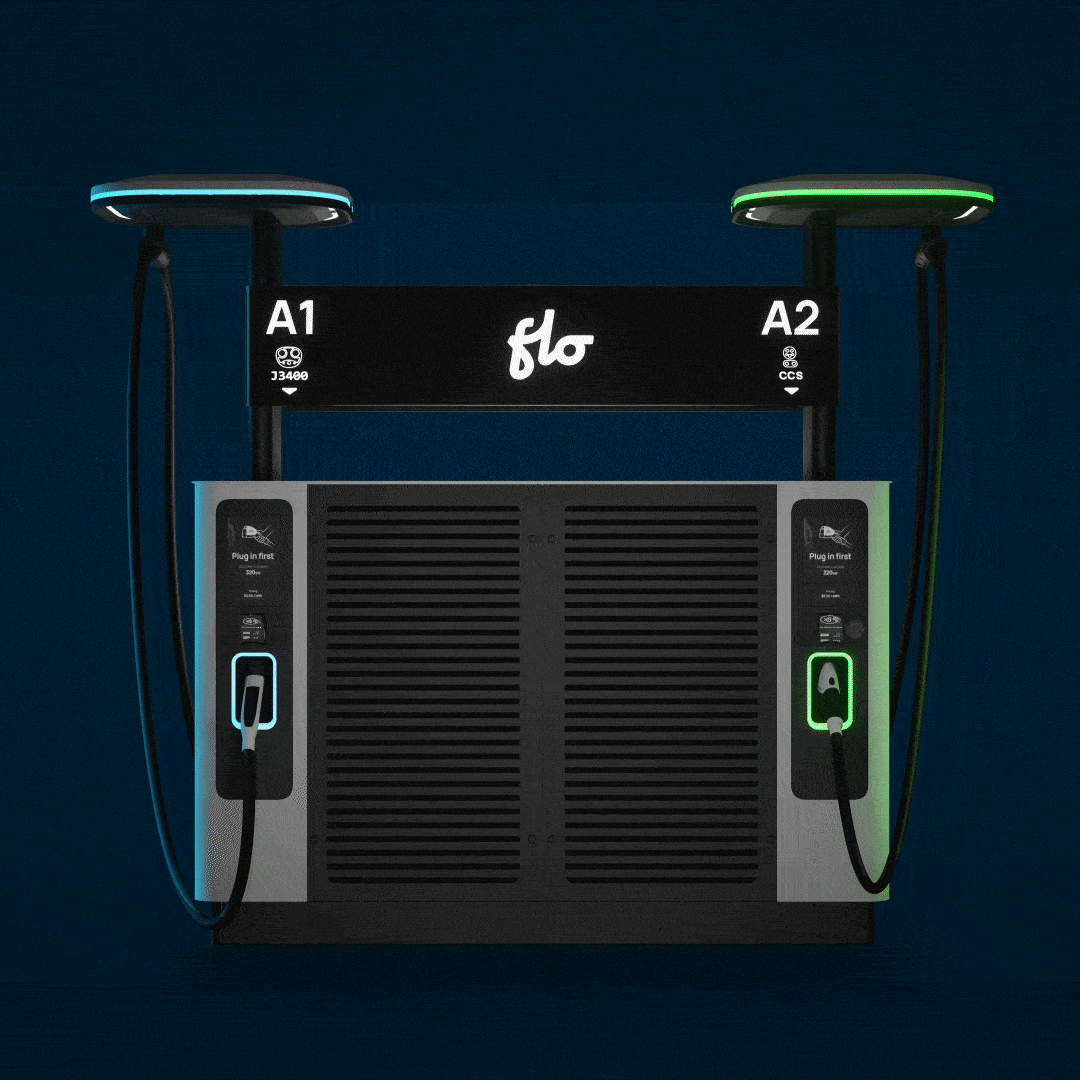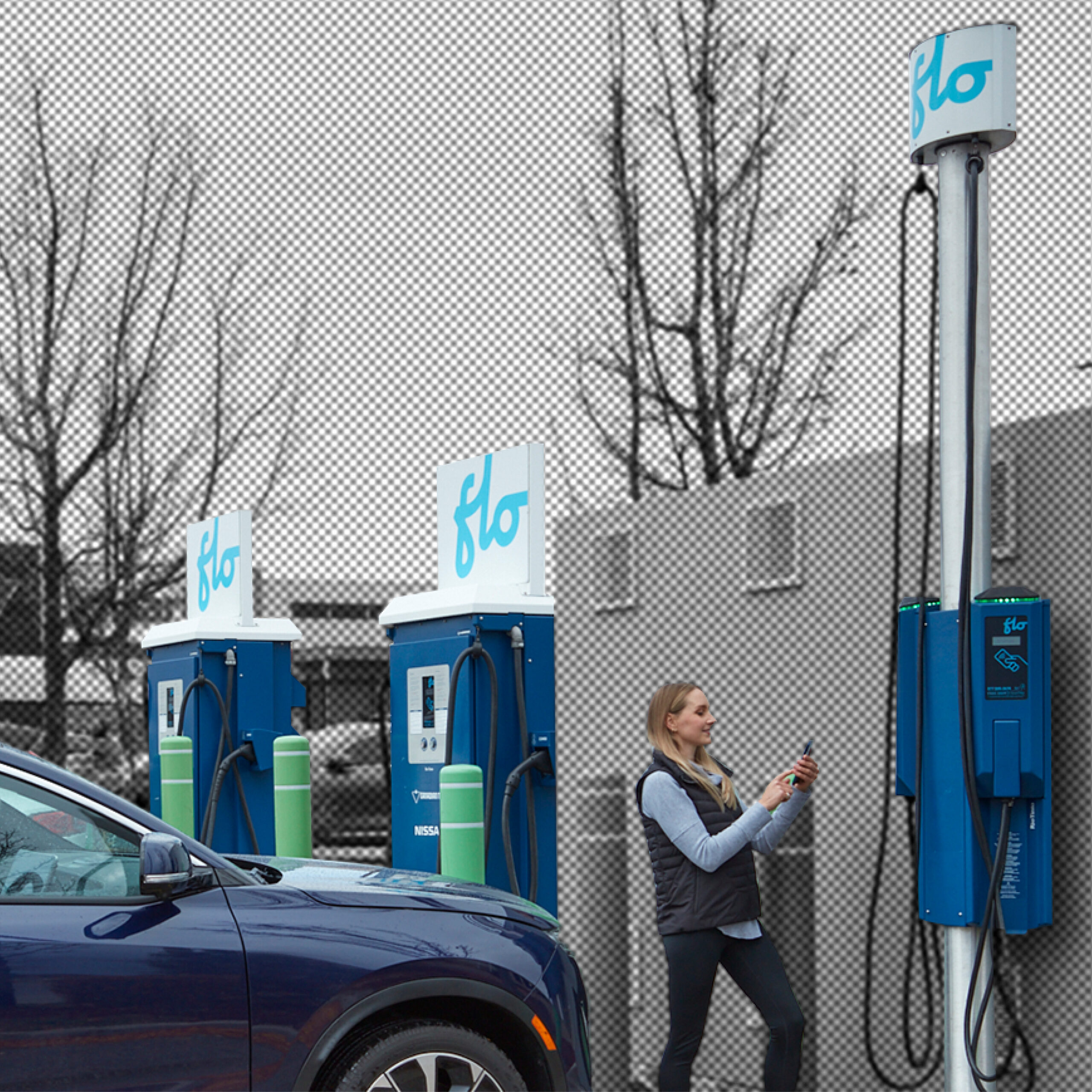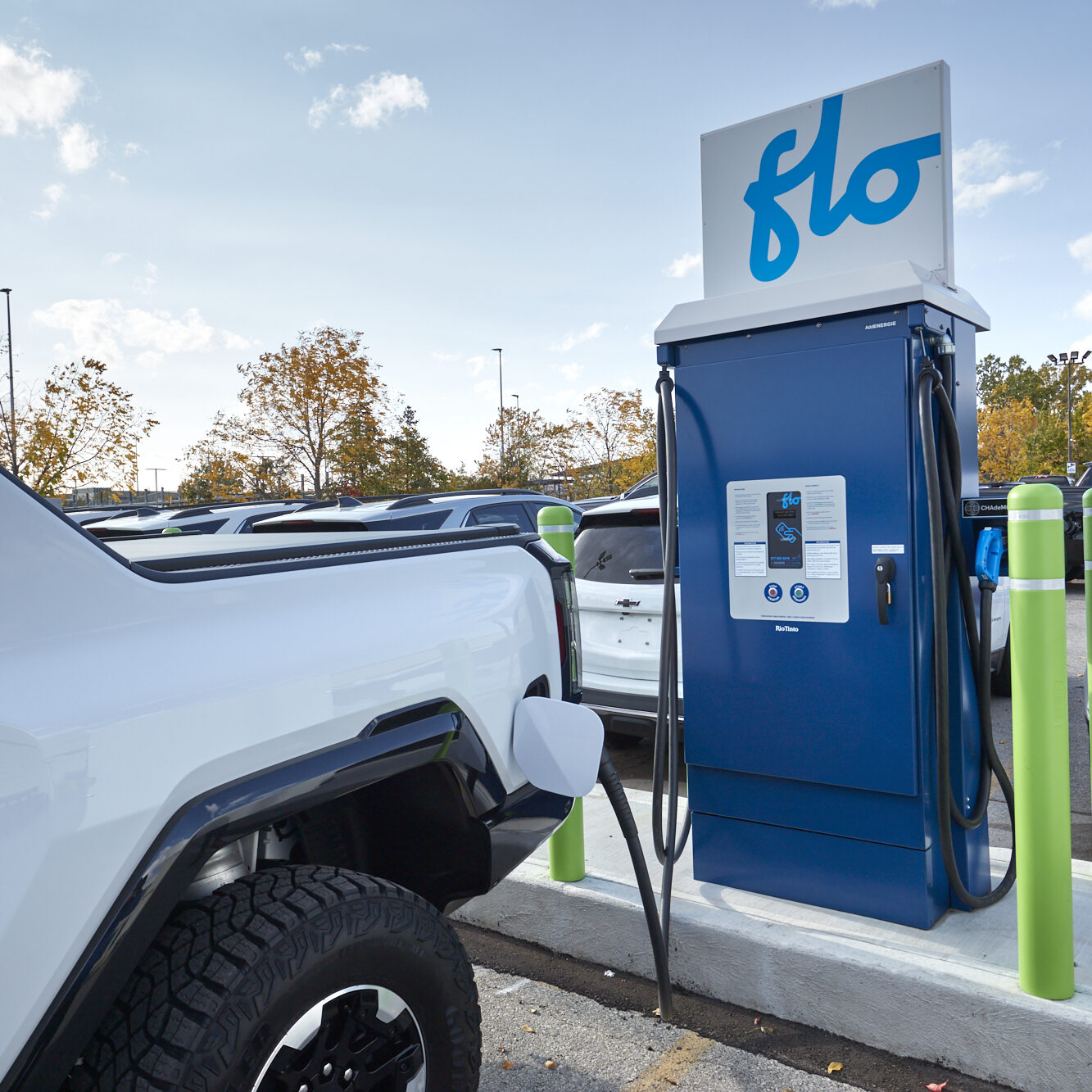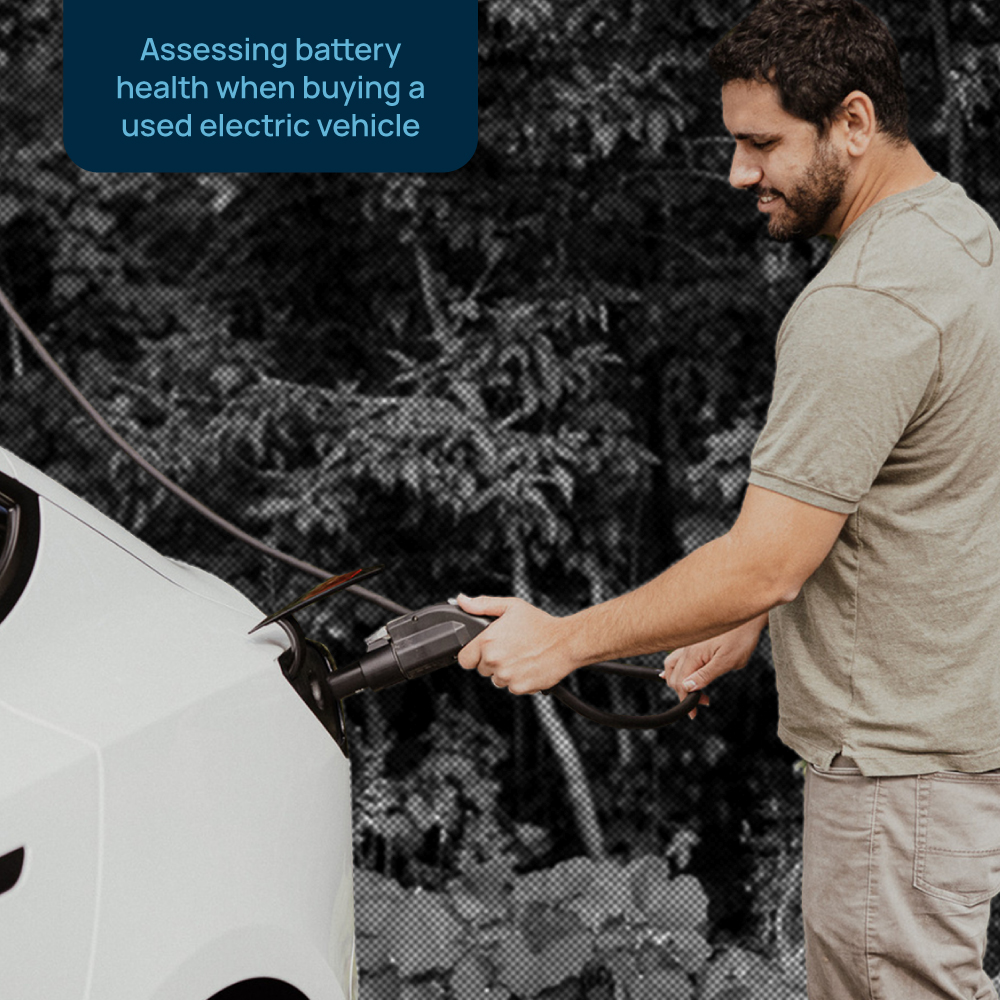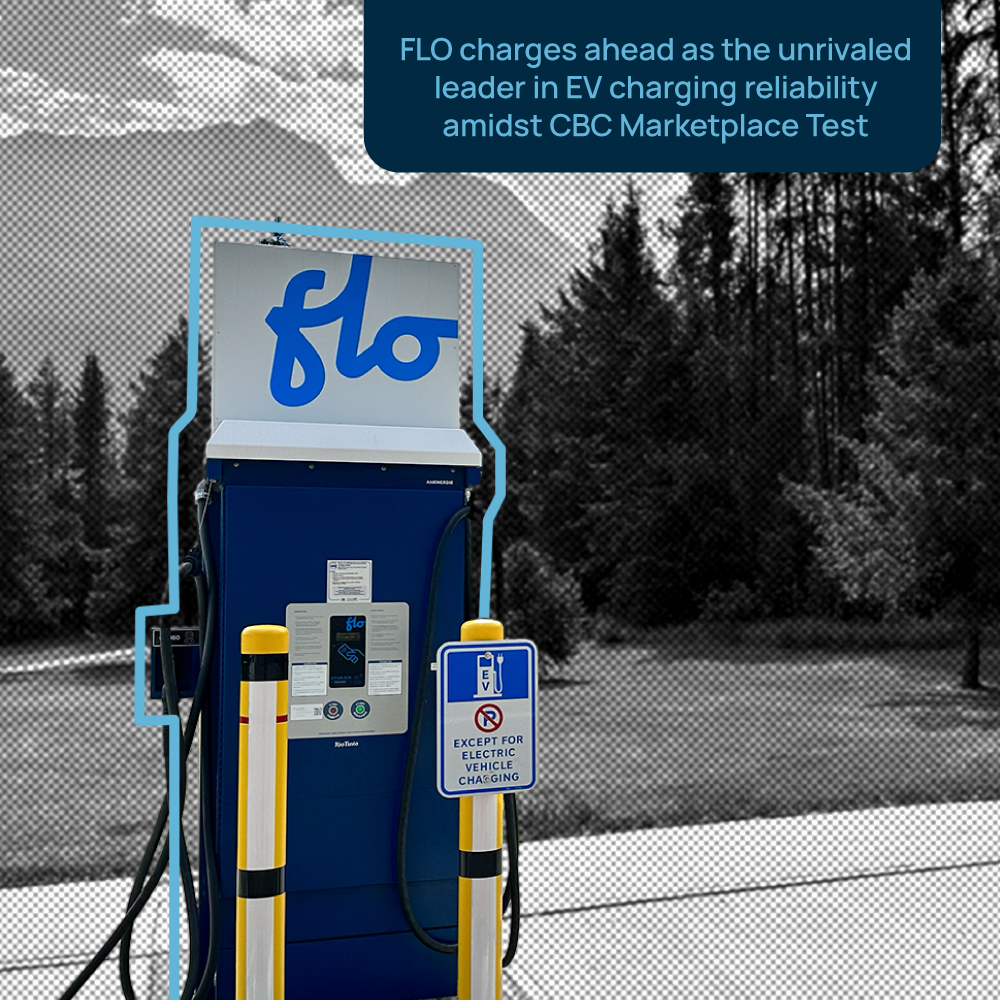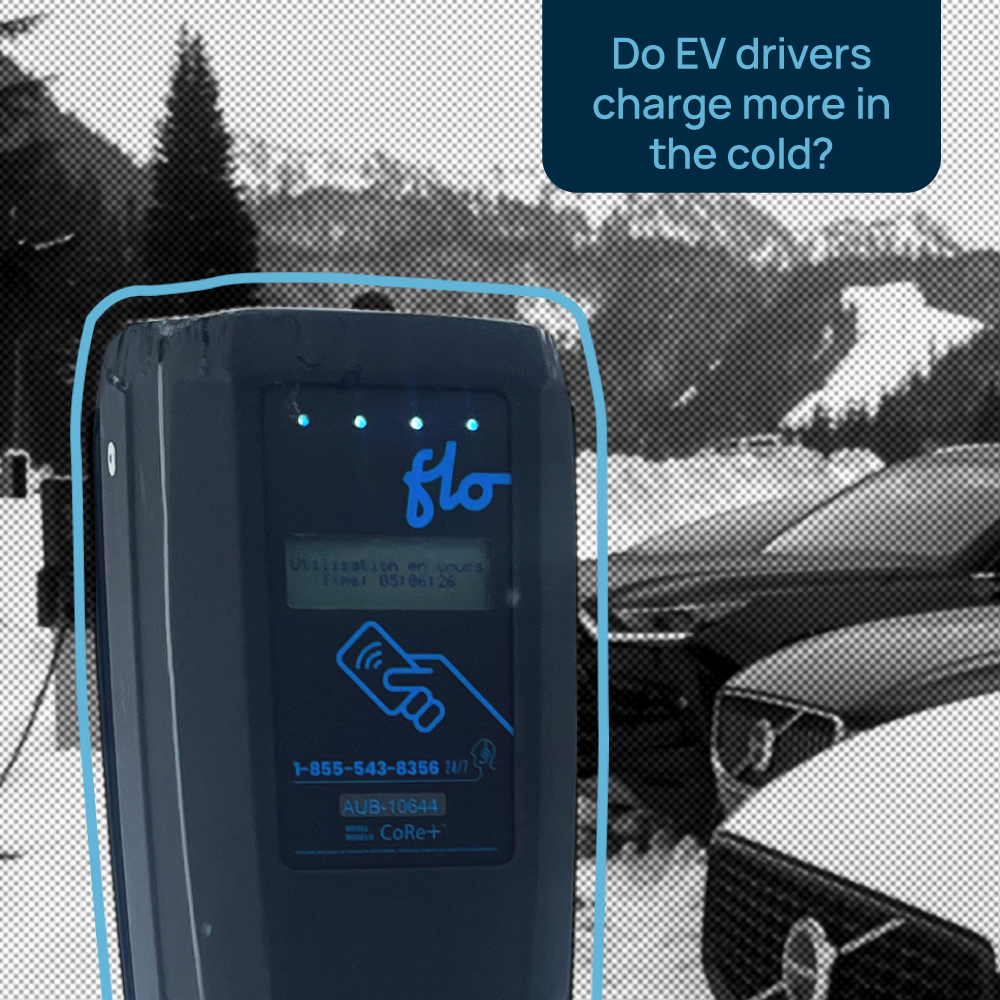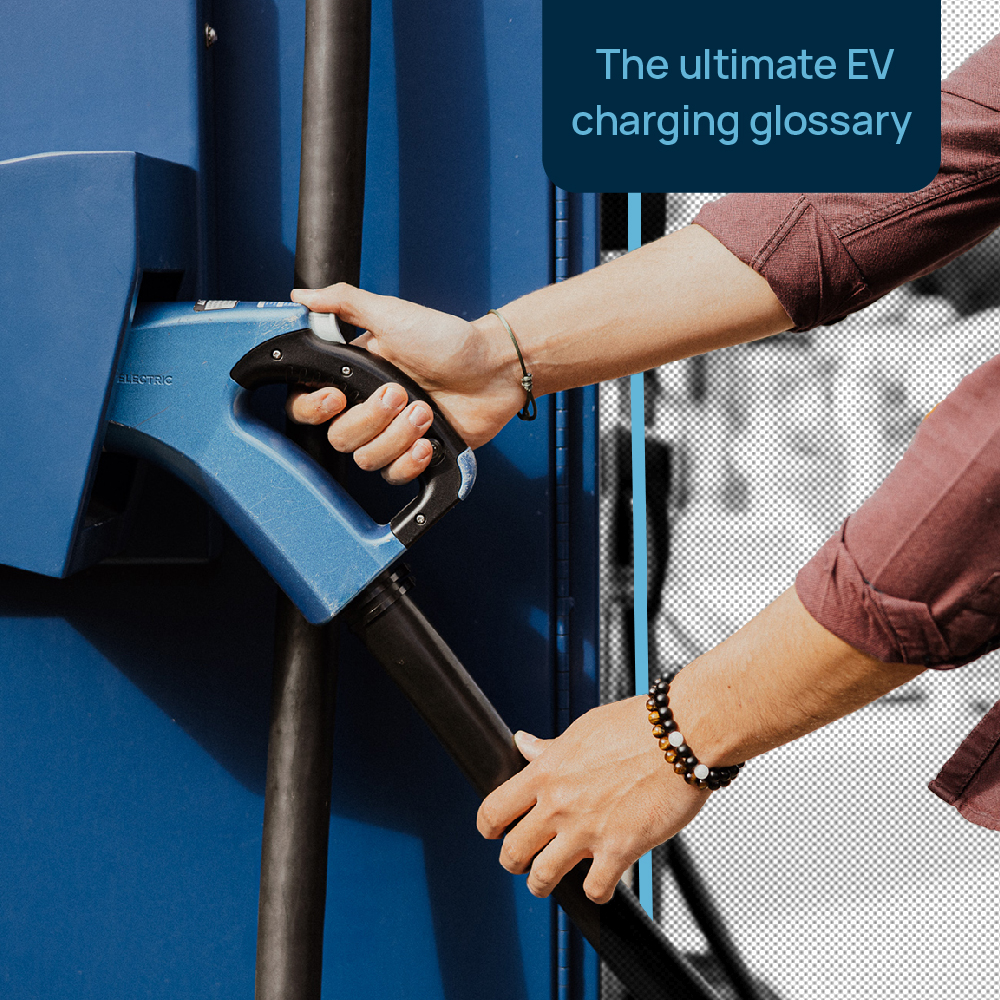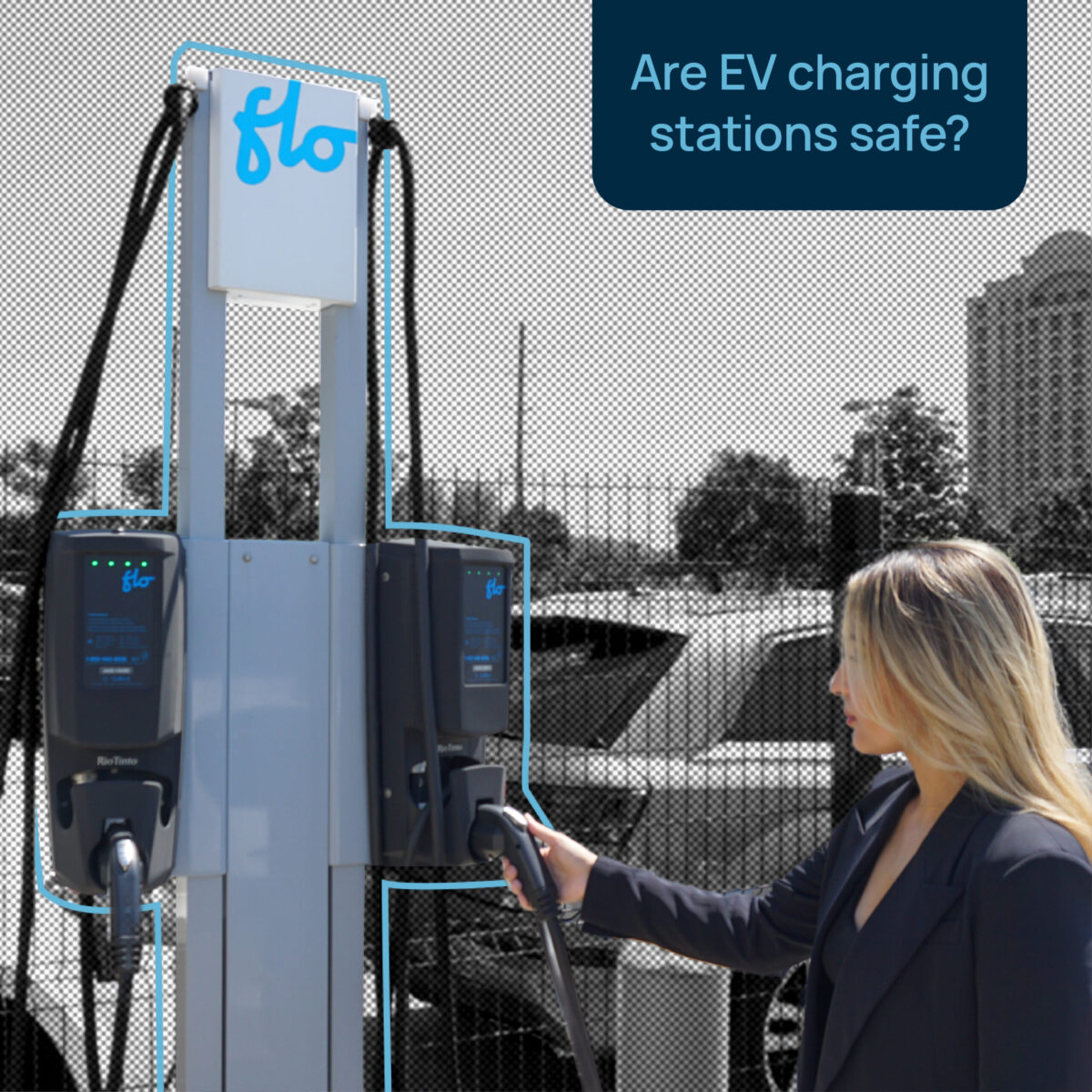Inspiring Inclusion: Driving and Thriving in your Electric Vehicle
Navigating public charging infrastructure: a woman’s resource
This International Women’s day, the theme is ‘Invest in women: Accelerate progress’. There are many ways organizations can invest in women, from who they hire, to how they design and build infrastructure to meet the needs of women.
Research has shown that women aren’t making the transition to electric vehicles (EVs) as quickly as men, and some attribute that to concerns about personal safety. (For this blog, we have focused on women as research is historically binary, so fails to consider other gender groups outside of the binary). With that said, let’s delve into the elements that can make public charging infrastructure better for everyone.
Personal Safety: The Cornerstone of Design
A McKinsey & Company report found that safety and reliability are second only to charging speed and cost when selecting a public charging point.
Scholars have argued for several years that poorly designed urban public spaces, such as those with poor lighting, empty lots, lack of public toilets or inadequate signage, are a deterrent to the perception of personal safety by women. They found that safety-enhancing design interventions, such as lighting, signage, and greenery, impacted whether a woman felt .
There are several elements that have in common – including strategic placement in well-lit and well-populated areas adjacent to services. A well-lit, bustling environment, when coupled with closed-circuit television surveillance, may deter criminal activity, and can also provide a sense of security by reducing the risk of isolation. If a site is popular among EV drivers, the site owner may want to provide multiple chargers to prevent bottlenecks.
Physical location matters
Charging stations need to be easy to find, and ideally situated in the foreground of a business, visible from the road, with adequate signage guiding users to the right spot. Dual-purpose areas can enhance safety by encouraging activity, and the benefits of charging your vehicle and taking advantage of a café or shop are easy to understand.
Regardless of the time of day or situation, Martin Brière, FLO’s Chief Network and Experience Officer, recommends taking advantage of on-demand status updates. “Before visiting any public charger, we encourage drivers to check charger status on the FLO app, which has up-to-date information on each public charger on the FLO network.”
Design can influence who feels welcome and supported – and who does not
As the EV ecosystem grows to absorb the experience of every potential user, reliability, convenience, and accessibility are crucial. Design considerations that make way for flexible parking configurations, highly visible canopy lighting, intuitive interfaces, and motorized cable management systems like the
According to the London School of Economics, designing and planning in a public sphere means considering the realities and perceptions of all potential users. “From the mode of transportation they choose, to the route home from work they take, which gym to go to, or which park to take their children to,” these activities can be influenced by the perception of the degree of safety in that space.
Thriving in the EV world requires an inclusive mindset, where the experience of every potential user is considered. “The elements that prioritize safety and security of drivers are key to ensuring that the charging infrastructure will be used,” concludes a report by the Canadian Standards Association.
In a recent policy brief on public charging infrastructure, the says that “a successful deployment of electric vehicles requires sufficient and reliable charging infrastructure.”
The industry has been working hard to refine the user journey, and over the past 15 years, FLO has led the charge with our commitment to creating a more inclusive and user-friendly network – one that encourages everyone to embrace electric mobility.
For more information about FLO, please visit FLO.com.

